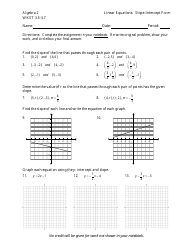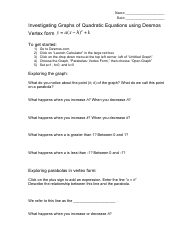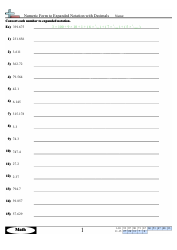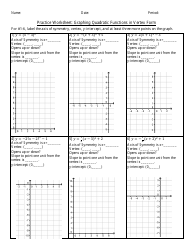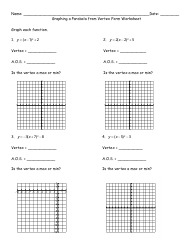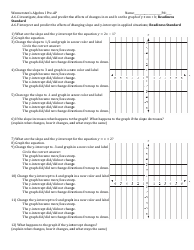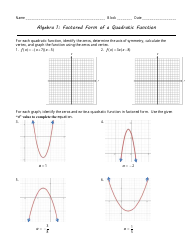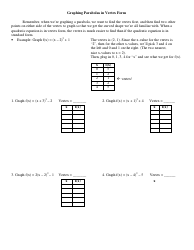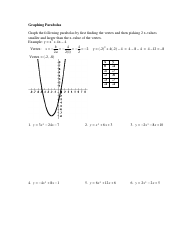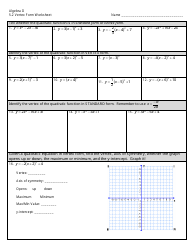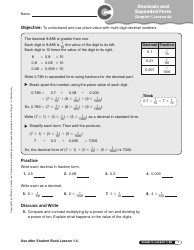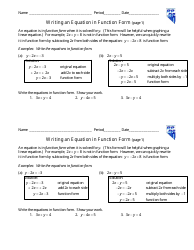Scientific Notation and Standard Form Math Worksheet
A Scientific Notation and Standard Form Math Worksheet is a tool used to practice and reinforce the concept of expressing large or small numbers in a standardized format. It helps students understand how to represent numbers using powers of 10 and how to convert between scientific notation and standard form.
The Scientific Notation and Standard Form Math Worksheet is typically filed by the teacher or instructor who assigns it to the students.
FAQ
Q: What is scientific notation?
A: Scientific notation is a way of expressing a number as the product of a decimal number between 1 and 10 and a power of 10.
Q: How is scientific notation written?
A: In scientific notation, the number is written as a decimal number between 1 and 10 multiplied by 10 raised to a certain power.
Q: What is standard form?
A: Standard form is a way of writing numbers by using digits.
Q: How do you convert a number from scientific notation to standard form?
A: To convert a number from scientific notation to standard form, multiply the decimal part by the power of 10.
Q: How do you convert a number from standard form to scientific notation?
A: To convert a number from standard form to scientific notation, move the decimal point to create a number between 1 and 10, and then count the number of places the decimal point moved to determine the power of 10.
Q: When is scientific notation commonly used?
A: Scientific notation is commonly used to express very large or very small numbers, such as in scientific or mathematical calculations.
Q: What is an example of a number in scientific notation?
A: An example of a number in scientific notation is 3.5 × 10^9, which represents 3.5 billion.
Q: What is an example of a number in standard form?
A: An example of a number in standard form is 5,000,000, which is written using digits without any powers of 10.


